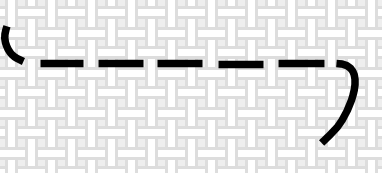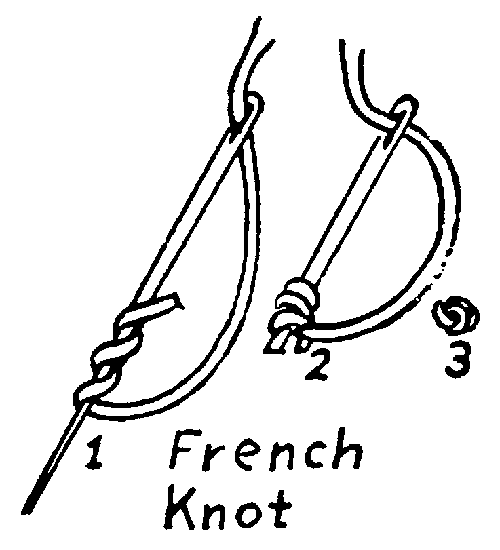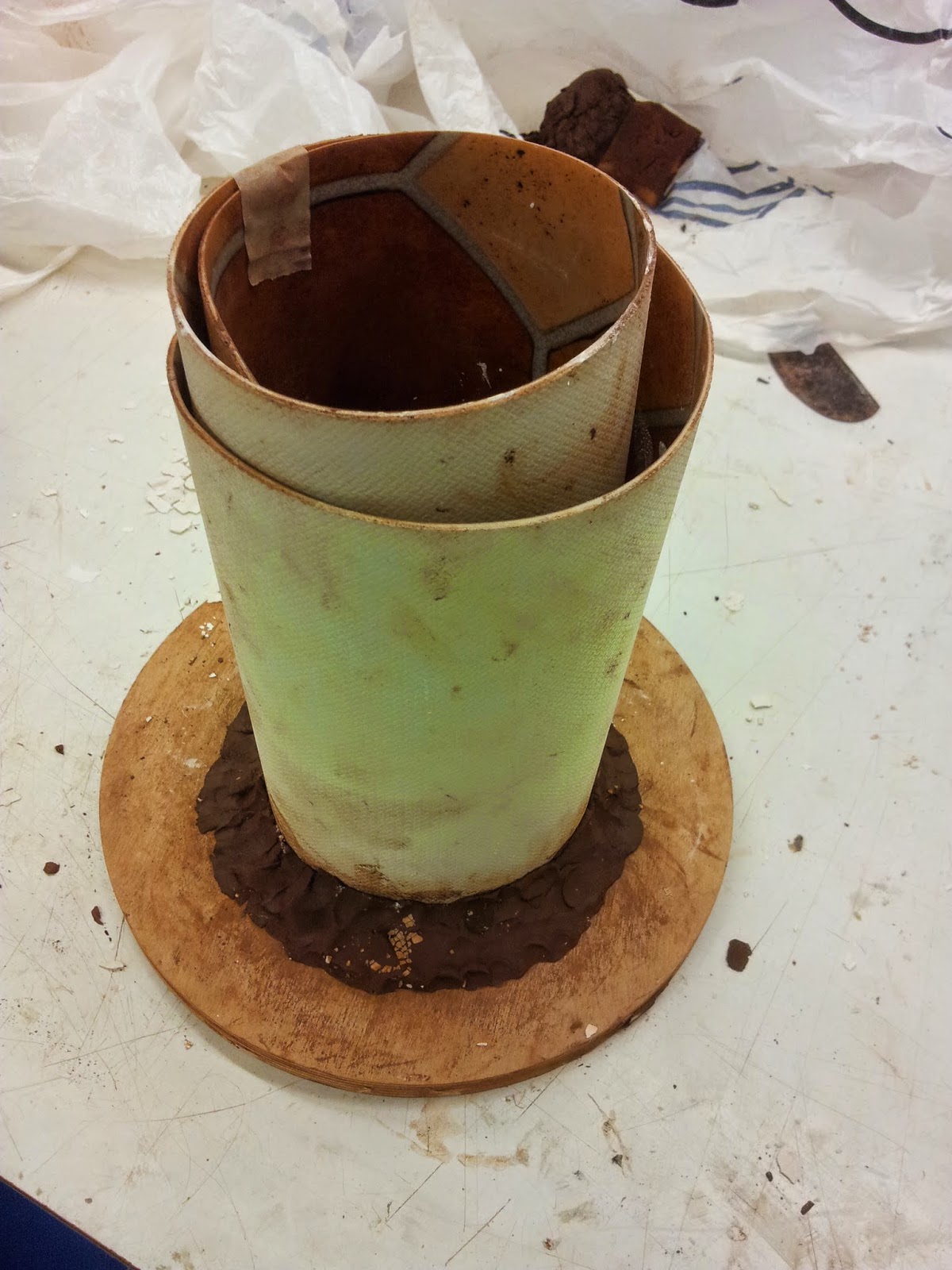7 Simple Embroidery Stitches
We have been introduced to seven of the most simple stitches that can be used when creating textile pieces but also can be used as an extra for all of the other pieces that we have been creating for example the collagraph.

1. Running Stitch
Pass the needle in and out of the fabric, making the surface stitches are of equal length. The stitches on the underside should also be of an equal length, but half the size or less than the upper stitches.

2. Seeding
The filling stitch is made up of small straight stitches of equal or different length placed at random over the surface.

3. French Knots
Bring the thread through the back of the fabric, hold the thread down where it emerges with the left thumb and encircle the thread twice or three times with the needle (Step 1). While still holding the thread firmly with your thumb. twist the needle back to the starting point and insert it close to where the thread first emerged. (Step 2)
(Not in the exact same hole or it will simply pull back through)
Pull the needle through to the back, leaving a small knot on the surface. (Step 3)

4. Chain Stitch
Bring the thread up at the top of the line and hold it down with your left thumb. Insert the needle where it last emerged and bring the point out a short distance away. Pull the thread through, keeping the working thread under the needle point.

5. Detached chain stitch
Bring the thread through at A and, holding the thread down with the thumb, as shown, insert the needle agin just a single thread away. Still holding the thread, bring the needle through at B. Pull the thread through gently to form a small loop, then insert the needle at C to form a small tying stitch over the loop.

6. Fly Stitch
Bring the thread through at the top left. Hold it down with the left thumb and insert the needle to the right on the same level, a little distance from where the tread first emerged. Take a small stitch downwards to the centre with the thread below the needle.
Pull through and insert the needle below the thread, as shown, to hold it in place. Bring the needle up again in position to work the next stitch.

7. Couching
Lay down the thread to be couched and with another thread catch it down with the small stitches worked over the top.




























